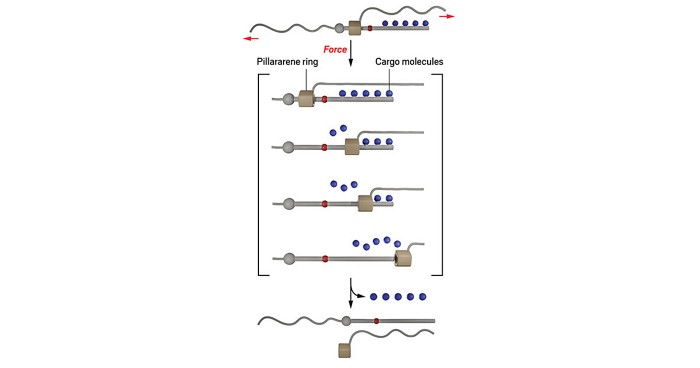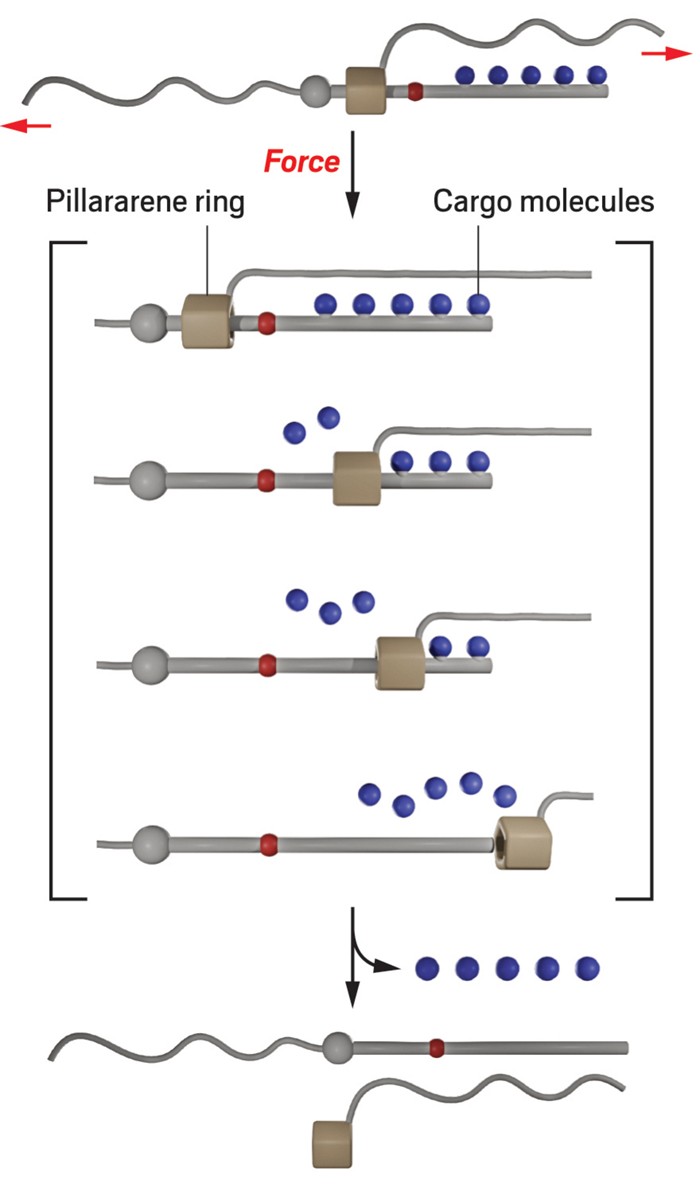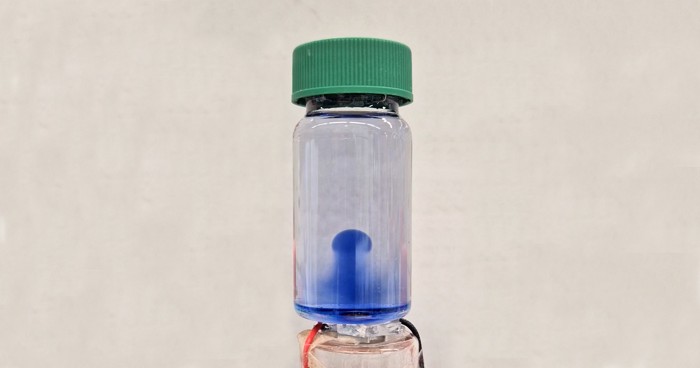Advertisement
Grab your lab coat. Let's get started
Welcome!
Welcome!
Create an account below to get 6 C&EN articles per month, receive newsletters and more - all free.
It seems this is your first time logging in online. Please enter the following information to continue.
As an ACS member you automatically get access to this site. All we need is few more details to create your reading experience.
Not you? Sign in with a different account.
Not you? Sign in with a different account.
ERROR 1
ERROR 1
ERROR 2
ERROR 2
ERROR 2
ERROR 2
ERROR 2
Password and Confirm password must match.
If you have an ACS member number, please enter it here so we can link this account to your membership. (optional)
ERROR 2
ACS values your privacy. By submitting your information, you are gaining access to C&EN and subscribing to our weekly newsletter. We use the information you provide to make your reading experience better, and we will never sell your data to third party members.
Reaction Mechanisms
Maillard Reaction
Bloggers pen essays celebrating their favorite chemical reactions
by Matthew Hartings
December 12, 2011
| A version of this story appeared in
Volume 89, Issue 47

In the lab, the best reactions are ones that are well behaved and predictable. These reactions give high yields and can often bring about transformation of simple molecules to molecules of incredible complexity.

\
Matthew Hartings, an assistant professor of chemistry at American University, is trying to design artificial photosynthetic proteins that transform harmful greenhouse gases into useful chemicals. Hartings writes about science policy—and occasionally his passion for cooking—at sciencegeist.net.
You would think that my favorite reaction would involve these qualities.
But no, my favorite reaction takes large, complex molecules and breaks them down into much smaller pieces. My favorite reaction has a frighteningly low percent yield. What’s more, its major products can be detrimental.
And, I don’t run this reaction in a lab. This reaction is best run in a kitchen.
Methods: Temper a steak by taking it out of the fridge and letting it sit at room temperature for about half an hour. Heat up a pan containing a thin layer of oil on the stove top. When the oil in the pan is smoking, place the steak in the pan. Make a note of all the changes that are occurring. Hear the sizzle of the meat in the oil. See the meat, where it touches the pan, start to change colors from deep red to gray to brown. But, most important, smell the new aromas emanating from the pan.
Are you hungry yet? I certainly am. A good sear can make a mediocre steak delightful. And a bad sear can render a good steak disappointing. A sear, in this case, doesn’t just give texture to your food. It creates new flavors. It creates new aromas. A good sear is the realization of an uncooked steak’s hidden potential.
All of this is a product of the Maillard reaction.
The Maillard reaction is the reaction between a nitrogen-containing molecule (particularly the amino acids lysine and proline, in the case of meats and grains, respectively) and a reducing sugar (glucose, for example). Louis-Camille Maillard was the first person to study this chemistry (in the early 1900s), which, fortunate for Maillard’s personal legacy, was much later found to be an important process in cooking.
The set of reactions that takes place under the general description of the Maillard reaction can be generalized as follows. A sugar (1) combines with an amine to form an intermediate (2) that rearranges into a glycosylamine (3), which is unstable in these conditions. The glycosylamine rearranges into an aminoketose (5) through an aminoenol intermediate (4). The aminoketose is one of the main products of the Maillard reaction. But the tasty parts of the Maillard reaction come about when (4) is converted into a deoxyhexosulose (7) or the aminoketose rearranges into an enediol (6), which is further converted into a deoxyhexodiulose (8). Compounds 7 and 8 are the intermediates that ultimately lead to the small-molecule aroma, flavor, and color compounds that our senses recognize as the products of the Maillard reaction.
Before (7) and (8) are made, the Maillard reaction does not yet yield any molecules that are beneficial for humans. Evolutionary arguments would thus suggest that humans should shy away from foods that have undergone the Maillard reaction. But personal observations tell us that this is not the case. We recognize and hunger for the aroma/flavor/color molecules that the Maillard reaction produces in relatively low amounts. The simplistic argument is that we have developed the ability to sense these molecules in cooked food because cooking kills bacteria. And food with fewer bacteria is less likely to make us ill. A more developed and engaging set of arguments is laid out in Richard Wrangham’s book “Catching Fire: How Cooking Made Us Human.”
Unfortunately, the health benefits are not so straightforward. Some of the molecules produced in the Maillard reaction are thought to be detrimental (acrylamide, for example). Certainly, in charred meat, the black, carbon-dense molecules on the surface of the meat are likely carcinogenic. These facts lead many to question the extent to which cooking increases the health benefits of our food. That is, we kill off harmful bacteria before we ingest them while hastening the onset of cancer as we age. How do we balance this information?
I, for one, plan on refining my abilities in organic synthesis, trusting my analytical capabilities, and following where evolution has led me.
Translation: I’m going to keep searing my steaks.





Join the conversation
Contact the reporter
Submit a Letter to the Editor for publication
Engage with us on Twitter